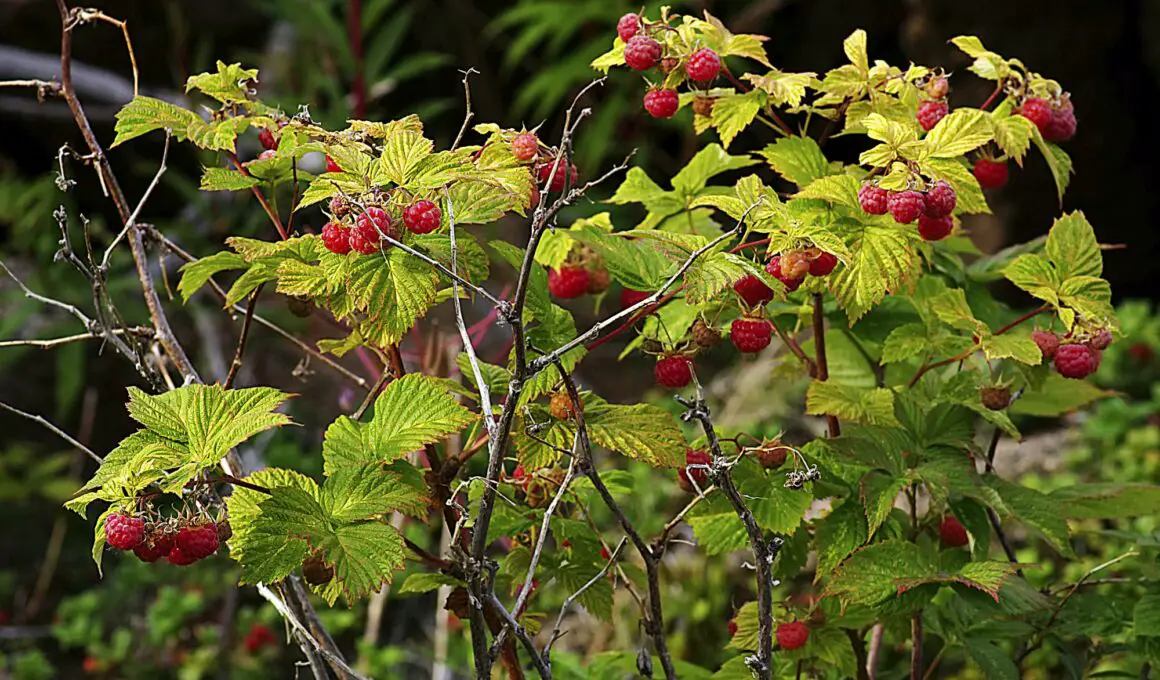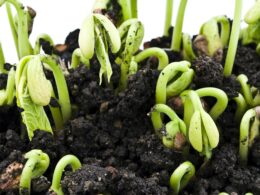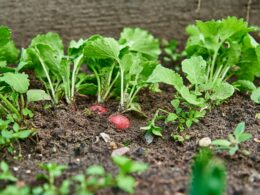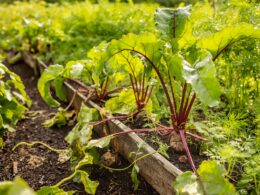In This Article Show
With over 13 years of experience tending to my garden, I’ve learned that understanding the lifecycle of raspberries is key to ensuring a bountiful harvest. Whether you’re a beginner eager to plant your first berry bush or a seasoned gardener looking to refine your raspberry cultivation techniques, this article is tailored for you.
Raspberries are more than just a tasty addition to your garden; they’re a versatile fruit that thrives in various climates, offering a rich source of vitamins, antioxidants, and fiber. However, like any plant, they have specific growth needs and stages that, when properly managed, can significantly enhance both fruit quality and yield.
In this guide, we’ll walk through each critical stage of the raspberry’s growth, from the initial germination of seeds to the lush phase of fruit development and ripening. So, let’s embark on this journey together and transform your garden with the sweet reward of raspberries.
The Lifecycle of a Raspberry Plant
The journey of a raspberry plant from a tiny seed to a fruit-bearing bush is a fascinating process that encompasses several distinct stages. Each stage plays a crucial role in the development of the plant and its ability to produce sweet, succulent raspberries. Let’s explore these stages in detail.
1. Germination and Seedling Establishment
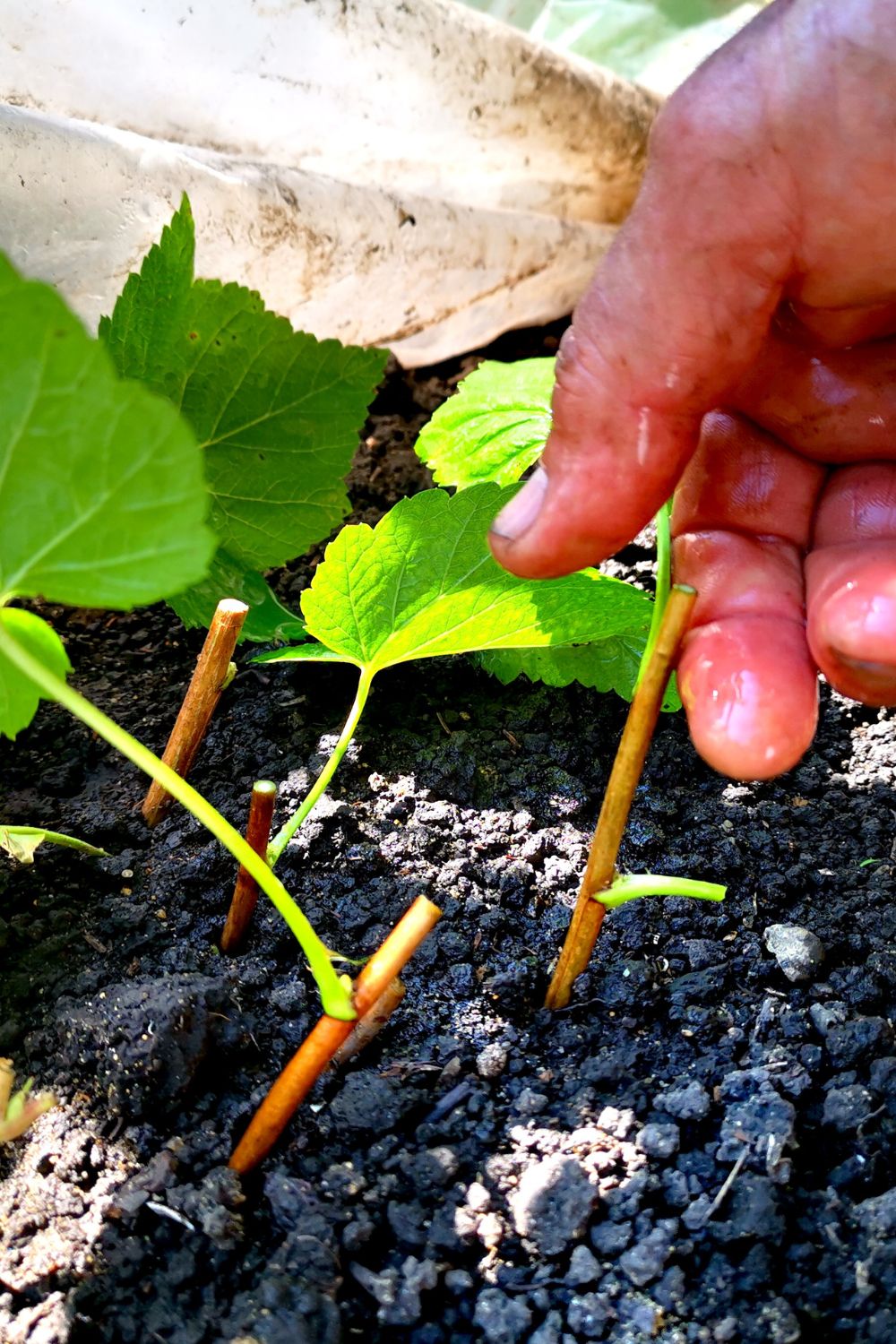
Raspberry plants can be started from seeds, but it’s a process that requires patience. The germination of raspberry seeds typically begins in early spring, under controlled conditions to mimic the natural stratification process.
Stratification involves chilling the seeds for a period, which helps break their dormancy and promotes germination. Once planted, the seeds can take anywhere from one to six months to germinate, depending on the variety and conditions.
Get Gardening For Beginners
Our new EBOOK shows newcomers and green thumbs alike a step by step guide to growing the garden of their dreams.
Early Care Tips for Seedlings
- Light: Provide plenty of indirect sunlight for your raspberry seedlings. If starting seeds indoors, a grow light may be necessary to ensure they receive enough light.
- Soil: Use a well-draining soil mix to prevent waterlogging, which can be detrimental to seedlings.
- Temperature: Keep the environment at a consistent temperature, ideally between 60-75°F (15-24°C), to encourage growth.
- Moisture: Keep the soil consistently moist but not waterlogged. Using a spray bottle to mist the soil can prevent over-watering.
2. Vegetative Growth

After the seedlings have emerged and developed their first true leaves, they enter the vegetative growth stage. This phase is all about building a strong plant structure, including the development of leaves and stems.
Tips for Soil Management and Nutrient Requirements
- Soil pH: Raspberries prefer a soil pH of 5.5 to 6.5. Test your soil and adjust accordingly.
- Nutrients: Apply a balanced fertilizer early in the growth stage. Raspberries benefit from nutrients like nitrogen, phosphorus, and potassium for healthy vegetative growth.
- Mulching: Mulch around the plants to conserve moisture, regulate soil temperature, and suppress weeds.
Importance of Water Management During This Stage
Water is crucial for supporting the rapid growth of raspberry plants during this phase. However, over-watering can lead to root rot and other issues, while under-watering can stress the plant. Aim for about 1 to 2 inches of water per week, adjusting based on weather conditions and soil moisture levels.
3. Flowering
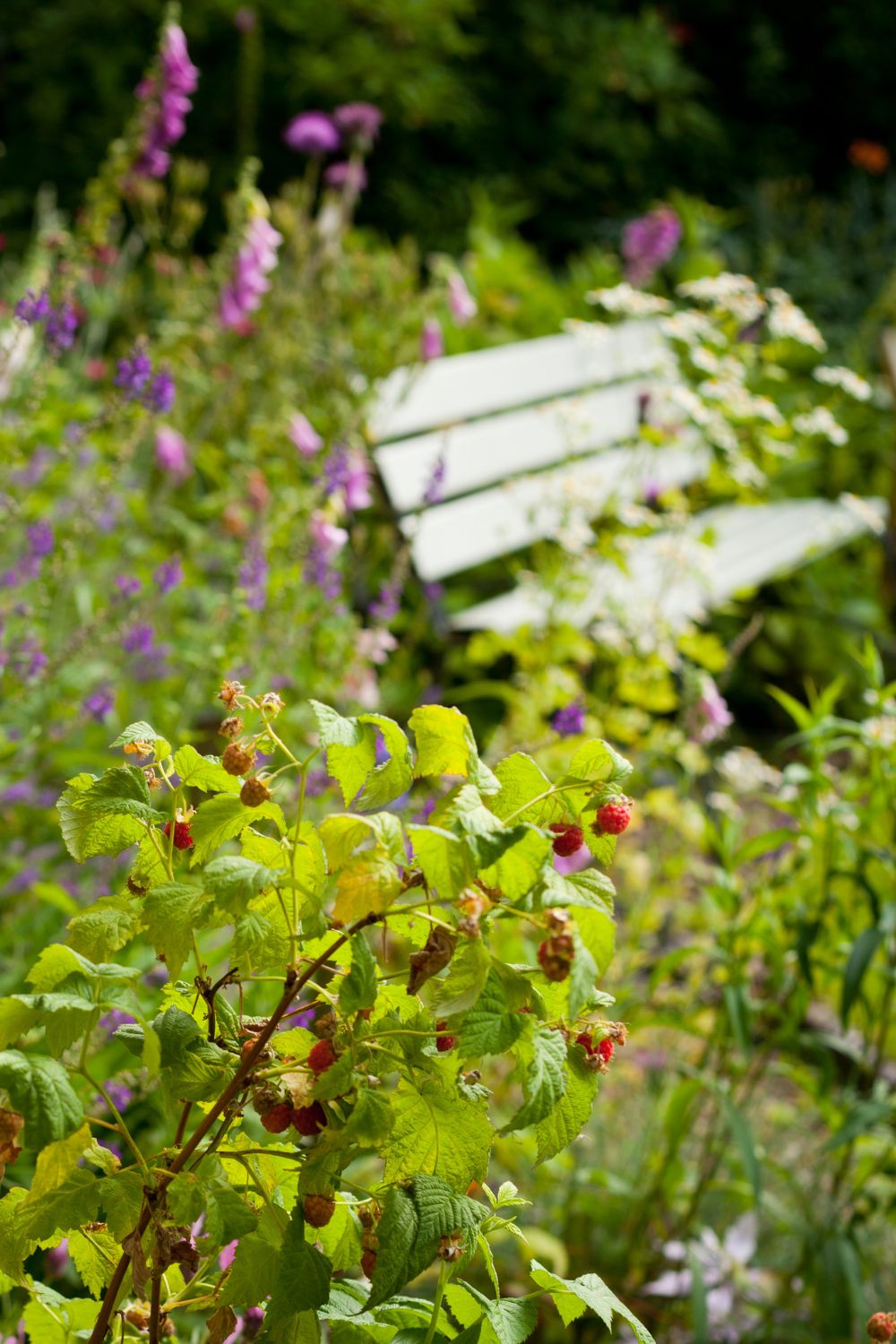
Raspberry plants typically flower in late spring to early summer. This stage is critical for fruit production, as the flowers must be pollinated to produce raspberries. Encourage bees and other pollinators by planting a variety of flowering plants nearby. Avoid using pesticides that could harm these beneficial insects.
How to Protect Flowers from Environmental Stress
Get Gardening For Beginners
Our new EBOOK shows newcomers and green thumbs alike a step by step guide to growing the garden of their dreams.
- Netting: Protect the flowers from strong winds and heavy rain with netting or row covers.
- Watering: Ensure consistent watering during dry periods to support flower development.
4. Fruit Development and Ripening
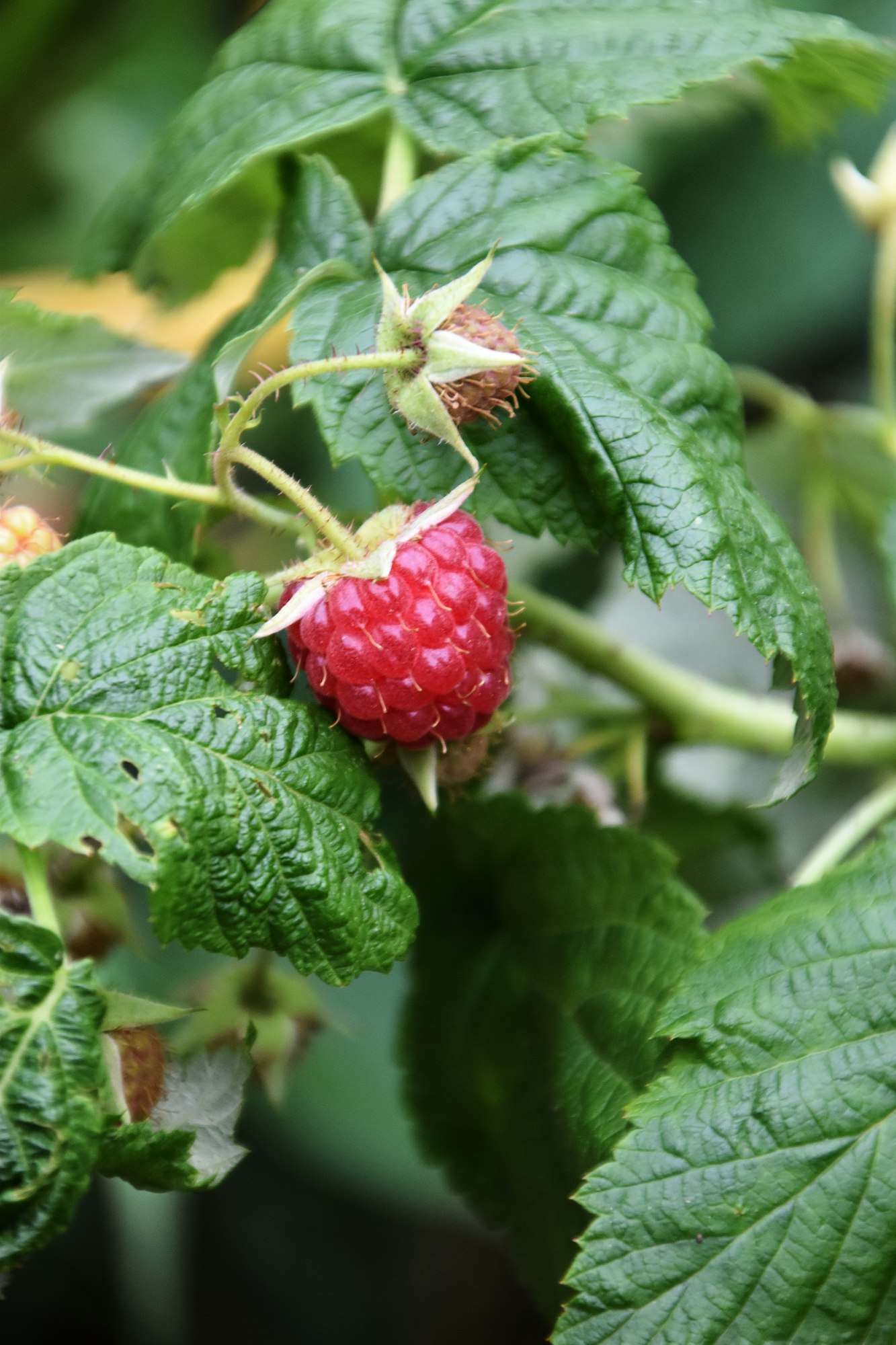
Following successful pollination, the raspberry plants enter the fruit development and ripening stage. This phase sees the transformation of pollinated flowers into green berries, which gradually swell and ripen into red, purple, or black fruit, depending on the raspberry variety.
Raspberries are ripe when they are fully colored and detach easily from the plant. Harvesting usually occurs in mid to late summer.
Tips for Ensuring Fruit Quality and Preventing Diseases
- Pruning: Regularly remove any dead or diseased branches to improve air circulation.
- Hygiene: Keep the area around the plants clean and free of debris to reduce disease risk.
- Watering: Water at the base of the plant to avoid wetting the foliage and fruit, which can lead to fungal diseases.
5. Post-Harvest and Dormancy
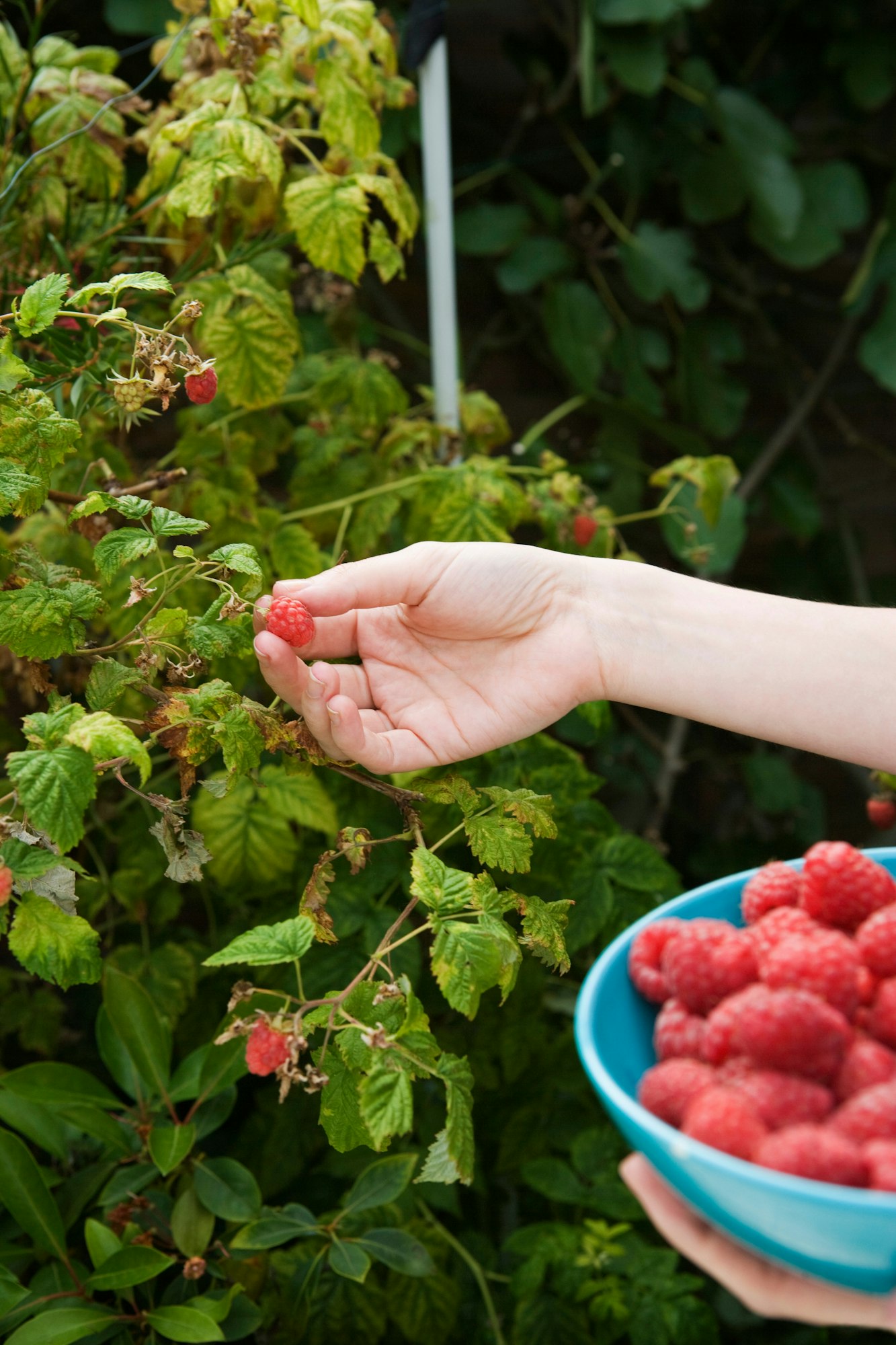
After the harvest, raspberry plants begin preparing for dormancy, especially in regions with cold winters. This stage is crucial for the plant’s survival and next year’s growth.
Care for Raspberry Plants Post-Harvest
- Continue to water and care for the plants, preparing them for the winter months.
- Apply a layer of mulch to protect the roots from freezing temperatures.
Preparing Raspberry Plants for Dormancy
- After the first frost, prune the plants to remove dead or diseased canes and shape the plant for the next growing season.
Winter Care for Raspberries in Cold Climates
- In very cold climates, consider covering the canes with a layer of straw or burlap to provide additional protection from the cold.
By understanding and nurturing your raspberry plants through these stages, you’ll be rewarded with a lush, fruit-bearing garden. Each stage is a step towards delicious, home-grown raspberries that can be enjoyed fresh or in a variety of dishes.





